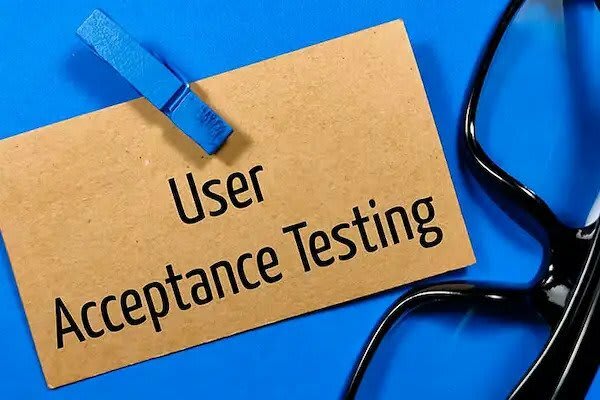
The evolution of technology has modeled customers closer to products. Integrating new-age technologies like automation tools has laid out the benefits of improved accuracy and streamlined growth within the specific area. User Acceptance Testing (UAT) is a type of testing that helps validate end-to-end business flow. There are numerous advantages of user acceptance testing. This blog will discuss UAT, the purpose of UAT automation tools, the need for execution, and its benefits.
What Is UAT?
Software, Printer Problems Delayed Discovery of Bangladesh Heist
It is one of the testing methodologies that clients or users perform to verify the software system before proceeding with an application in the production environment. It is done after the unit, integration, and regression testing. As UAT is context-dependent, its plans are executed based on requirements. There are some attributes on which the acceptance criteria are defined which are as follows:
Functional completeness and correctness
Integrity of data
Data conversion
Performance
Applicability
Availability and confidentiality
Upgradability and installability
Documentation
Scalability
Purpose of UAT Automation Tools
The main motive of UAT and its automation tools is to identify the bugs in software. UAT automation tools confirm whether or not the software can handle real-world tasks according to intended needs. Selenium is one example of a UAT automation tool. Furthermore, UAT is like black-box testing (when the testing is done without knowing the internal functionality of a product, it is known as black-box testing). Primarily, UAT is performed by
End-user
Client
Types of User Acceptance Testing
There are five types of user acceptance testing
Alpha UAT
This testing identifies the bugs and errors before the product is released to the user. The main objective of alpha testing is to discover the bugs that were not discovered in the earlier test. Homestead software engineers prominently perform alpha testing.
Beta UAT
Users that have completed one or more rounds of tests are selected for the new version of Angular 2. In Beta UAT, applications are tested in a natural environment. Beta UAT reduces the risk and failures and helps improve the product through customer feedback.
Operational Acceptance Testing
Before the release, the software technology is used to check the product’s operational readiness, and operational acceptance testing comes into the picture. Sometimes, it is also called operational testing.
Contract Acceptance Testing
It is known as contract acceptance testing, which is done against the agreed-upon criteria and predefined specifications.
Regulation AT
It is also known as compliance AT and is a kind of affirmation testing done to reevaluate rules and things that may or may not dismiss the predefined and set specifications.
User Acceptance Testing: Prerequisites
Availability of business requirements
Development of application code
Completion of unit testing, integration testing, and system testing
Completion of regression testing without major defects
Creation of a UAT environment so that UAT automation tools can be used
Reported defects should be fixed before the UAT
Execution of the UAT test
UAT Entry Criteria
UAT testing is usually done at the client location, known as beta testing, as there are entry criteria for the UAT test to be performed by the testers.
Business Requirements Analysis
Identification and development of test scenarios are one of the major activities in the UAT. the test case scenarios are derived from the following documents:
Project charter
Use cases of business
Process flow diagrams
Documents of business requirements
SRS (software requirements specifications) document
Formation of the UAT Plan
It is one of the major entry acceptance attributes as it outlines the strategy for verifying the application.
Building of Test Cases
Identifying test scenarios concerning business processes is essential to form sufficient use cases. The business uses use cases for the creation of test cases.
Test Data Preparation
Primarily, the live data is used for UAT testing. Here, the tester should know about the flow of the database. The privacy and security of data are the major facets of this step.
Customer Data
Run & Record the Results
The execution of the test cases with the help of the UAT automation tools can be done. Also, if there are any bugs, the fixation of those bugs takes place.
Confirmation of Business Objectives
UAT testers, after the execution of test cases, need to send a sign-off mail. The product is ready for production after the sign-off.
Conclusion
UAT is one of the major and emerging tests. To become more customer-oriented, UAT can be one of the best test methodologies. One of the features of UAT automation tools is that they allow easy addition of new features and help describe the functions of a business. Opkey is one such UAT automation tool that is easy to operate.


















